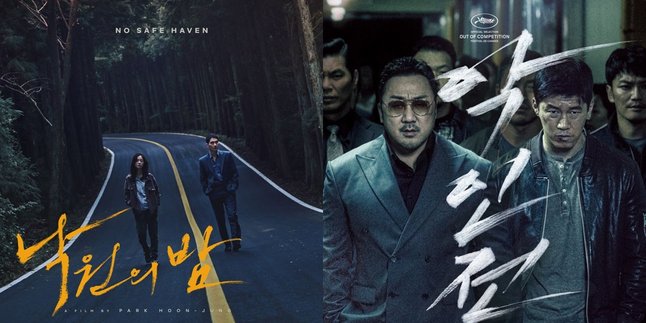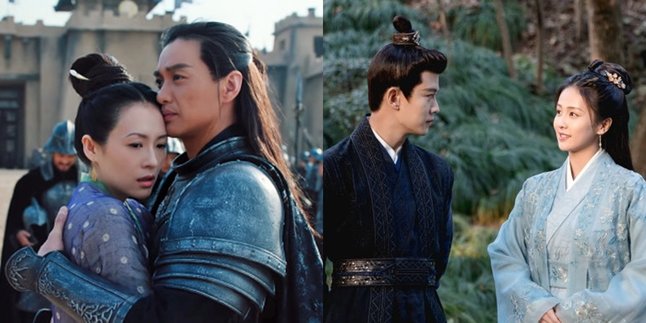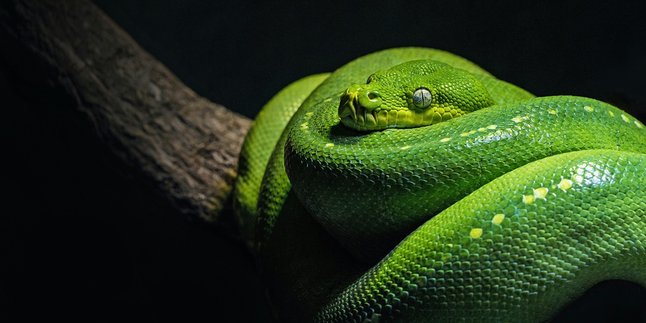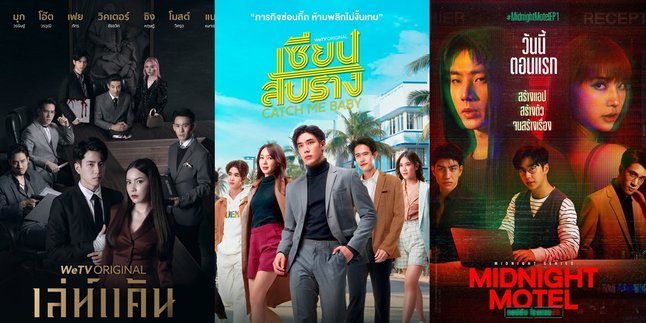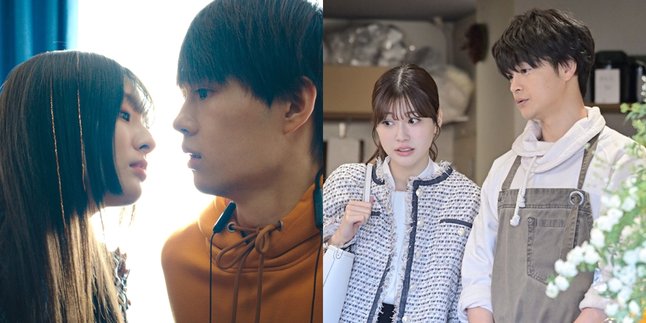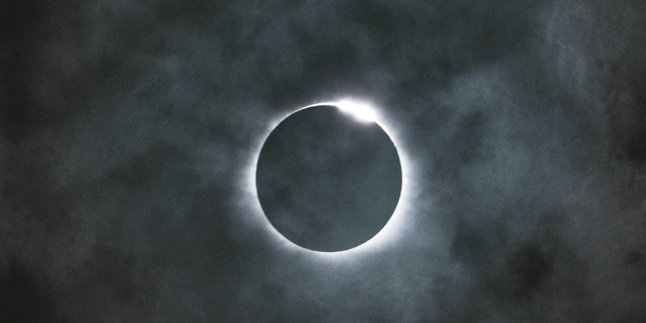Kapanlagi.com - Dorama, or Japanese television drama, has become an integral part of Japanese popular culture and has attracted viewers from around the world. In this article, Kapanlagi will provide an explanation of what dorama is and its interesting history.
In addition, we will compare the differences between dorama and drakor (Korean dramas) and drachin (Chinese dramas), revealing the differences and similarities of these interesting dramas from different countries that have successfully captured the world's attention and are very entertaining.
So, what are these dramas? Here is an explanation of dorama, from its definition, history, and also its differences. Let's check it out, KLovers.
1. Dorama is

Illustration (credit: pixabay.com)
Dorama is a term derived from the Japanese language to refer to television drama series. Specifically, dorama refers to television drama series produced in Japan.
This term dorama is often used inside and outside of Japan to refer to various types of television series, including drama, comedy, romance, and other genres produced in Japan.
Dorama is an entertainment that often has relatively short episodes and has a storyline that develops over several episodes or seasons. Dorama is very popular and has fans worldwide.
2. History of Dorama
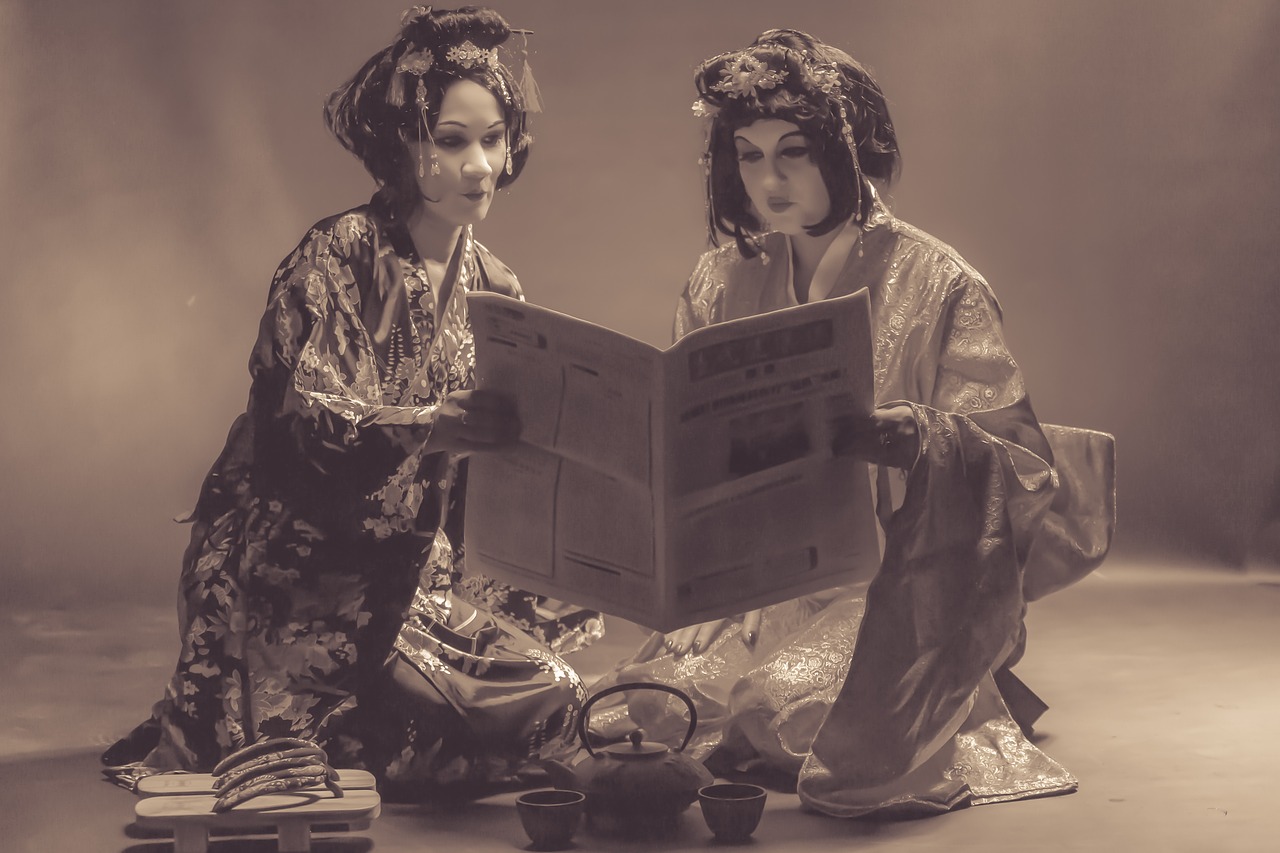
Illustration (credit: pixabay.com)
The history of dorama dates back to the development of television in Japan in the 1950s. Initially, television drama production in Japan was inspired by theater and radio. Dorama was first produced in a format similar to stage drama, with actors performing directly in front of the camera.
In the 1960s, dorama started to evolve with changes in television production technology. These doramas began to use more sophisticated cinematic techniques, such as shooting outside the studio and the use of pre-recorded footage.
This allowed for more complex scenes to be recorded. In the 1970s, dorama became one of the main genres on Japanese television. Various types of doramas were produced, including family dramas, romantic stories, and adaptations of popular novels and manga.
In the 1980s, with the emergence of private television channels, the number of doramas produced increased. These doramas became more diverse in genre and theme, covering everything from historical dramas to romantic comedies.
Then in the 1990s, with the further development of the entertainment industry in Japan, dorama became increasingly popular overseas. Many doramas have gained international recognition and have been broadcasted in various countries around the world.
Since then, doramas have continued to develop and become an important part of Japanese popular culture. Modern doramas often use advanced production technology and have large budgets, with production quality equivalent to feature films.
Nevertheless, doramas still maintain their essence as engaging stories, often exploring social and emotional issues relevant to their audience. They have become one of the entertainment choices selected by the world today.
3. Differences with Drakor and Drachin

Illustration (credit: pixabay.com)
In addition to knowing that dorama is the term for Japanese drama, there are also differences between dorama (Japanese drama), drakor (Korean drama), and drachin (Chinese drama), especially in terms of their country of origin, language used, and storytelling style. Here are the main differences among them:
1. Origin and Language
Because they are from different countries, these 3 dramas naturally have language differences in their performances.
Dorama (Japanese drama): Produced in Japan and primarily uses Japanese as its language.
Drakor (Korean drama): Produced in South Korea and primarily uses Korean as its language.
Drachin (Chinese drama): Produced in China or other Chinese-speaking countries and primarily uses Mandarin Chinese as its language.
2. Culture and Tradition
Dorama, drakor, and drachin often reflect different cultures, traditions, and values from their country of origin. This is reflected in the themes, characters, and backgrounds of the stories.
3. Style and Aesthetics
Although all three types of dramas are television entertainment forms, they have different storytelling styles. Dorama tends to have a more calm and introspective approach, focusing on emotions and characters within the story.
Korean Drakor often highlights intense love stories and dramatic conflicts, while Chinese drachin can present large-scale epics with rich historical, fantasy, or mythological themes. Until, it has many genres like Wuxia or Xiaxia.
4. Global Influence
And the last difference is seen from the global influence. It cannot be denied that Korean drakor has gained significant global popularity in recent years, with many fans around the world who love its stories and actors.
Japanese Dorama also has loyal international fans, although it may not be as popular as drakor in some markets. And Drachin is currently gaining greater international attention, especially with high-quality productions.
However, each type of drama has its own appeal and uniqueness, and the choice between dorama, drakor, or drachin often depends on the personal preferences of the audience and their interest in the culture and stories of the respective country.
That is the explanation of dorama as a term for referring to Japanese dramas. With its rich stories and cultural uniqueness, dorama continues to captivate viewers, providing a deep viewing experience.
(kpl/dhm)
Disclaimer: This translation from Bahasa Indonesia to English has been generated by Artificial Intelligence.





